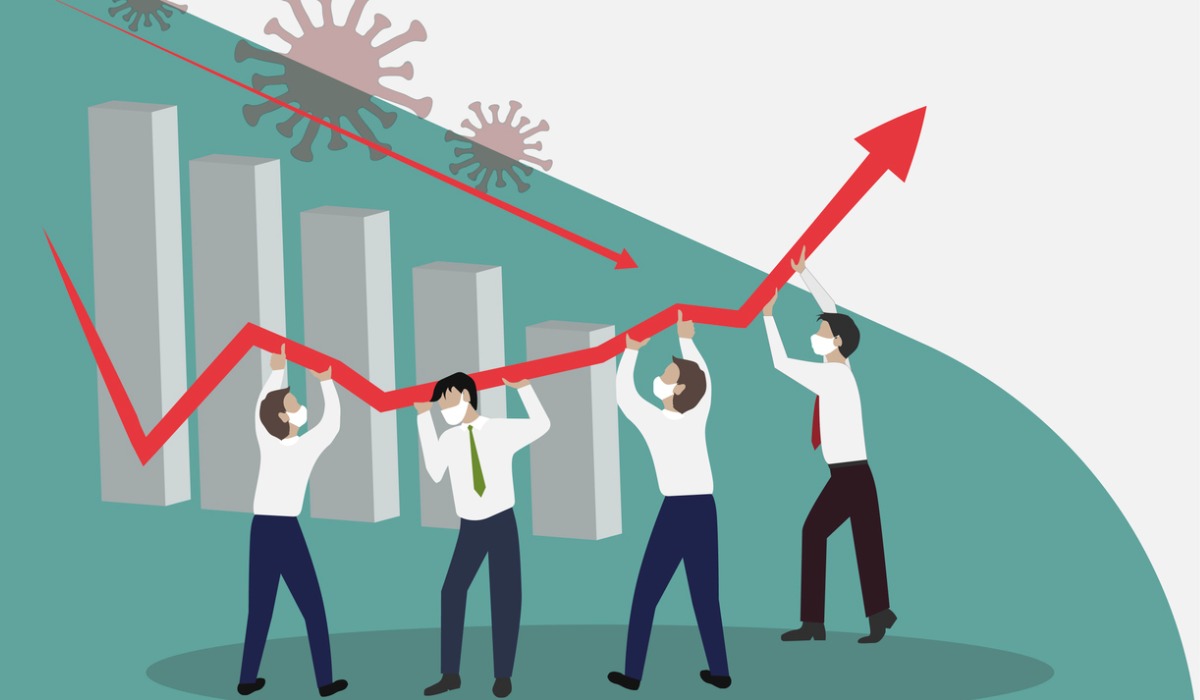China Strategy: Economic recovery expected to continue in 2Q21
2H21 will depend on the property sector
■ Following GDP growth of 18.3% yoy in 1Q21, we expect GDP growth to remain strong at 9% yoy in 2Q21, supported by domestic recovery and solid export demand.
■ Export growth is likely to weaken in 2H21 if more countries resume production. The property sector will play an important role for the economy in 2H21. Currently, we expect GDP to grow 6.5% and 6.2% yoy in 3Q and 4Q21.
■ The recovery in retail sales has been relatively slow. We expect retail sales to grow 8% in 2021, implying 5% growth yoy for the remaining three quarters.
■ We see little pressure on the CPI but the PPI may reach 6% in 2Q and 3Q21 before falling in 4Q.
■ Property investment has been strong ytd and we expect full-year growth of about 5– 6%. (The materials in this note were extracted from the CGS Research team.) Recovery momentum expected to continue in 2Q21 Compared with 1Q19 (not 1Q20), 1Q21 GDP grew 10.3%, supported by property investment and exports. Relative to 1Q19, property investment rose 16.02% in 1Q21, infrastructure investment increased 11.4%, manufacturing investment dropped 0.69%, retail sales rose 7.59%, and exports surged 38.7%.
We expect retail sales to continue to recover from a relatively low base, while exports should remain solid as vaccination progress is still low globally. Therefore, we forecast that 2Q21 GDP growth should remain high at 9% yoy. Property investment to play an important role in 2H21 GDP growth In 2H21, with more countries resuming production thanks to vaccination and without the help of the low base effect, we believe export growth is likely to slow down.
With the normalization of fiscal policy this year, we expect infrastructure investment to drop slightly yoy. Despite policy headwinds, property investment still grew 14.7% yoy in Mar 2021 because property developers accelerated the construction progress of existing projects to improve cash flow. We expect property investment to grow 5–6% in 2021. We project GDP growth of 6.5% and 6.2% yoy in 3Q and 4Q21, respectively, and property investment to play an important role if growth in exports and infrastructure investment slows down.
Retail sales recovering slowly Compared with Mar 2019, retail sales grew 11.8% in Mar 2021, implying an average annual growth rate of about 5.9%, which was relatively slow but still showed an improving trend. This was affected by the government policy of encouraging people not to return to their home province to celebrate Chinese New Year. In 1Q21, the growth in sales of consumer staples was stronger than sales of consumer discretionary, which showed the public was still conservative in spending. We expect the recovery trend to remain relatively slow until the COVID-19 pandemic comes to an end. Currently, we expect retail sales to grow 8% for the full year but we expect the growth to slow down to 5% if we exclude 1Q21. Little pressure on CPI but PPI will be high in 2Q and 3Q21 The CPI was flat yoy in 1Q21 and rose 0.4% yoy in Mar 2021.
Based on the current demand-supply situation, we expect pork prices to be stable or drop until Sep 2021. We also expect vegetable prices to maintain a downtrend until Jul 2021. In addition, as we mentioned above, retail sales are recovering, but at a relatively slow pace. Although the CPI may rise in 2Q21 because of the low base effect, we expect it to rise only 1.1% for the full year. On the other hand, the PPI rose 4.4% in Mar 2021 because of the rapid increase in commodity prices. We expect the PPI to stay near 6% in 2Q and 3Q21 but to fall in 4Q.
Therefore we project that the PPI will increase 4.6% for the full year. Industrial production may see pressure in the future Value-added industrial output (VAIO) rose 14.1% yoy. Relative to 1Q19, VAIO rose 14% in 1Q21, and the average annual growth rate was 6.8%.
The latest PMI suggests that new orders are likely to remain strong in the near term, but the VAIO growth rate may come down gradually in the future because
(i) resumption of production in other countries in 2H21 will affect new orders; and
(ii) the goal of reaching carbon neutrality will limit production in high energy consumption industries.
-By CIMB Bank Research


